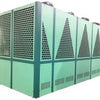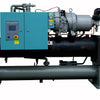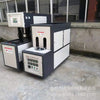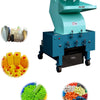New High Cost Performance Price Manual PE PP PVC PET Bottle Crusher Strong Recycling Machine Plastic Crusher
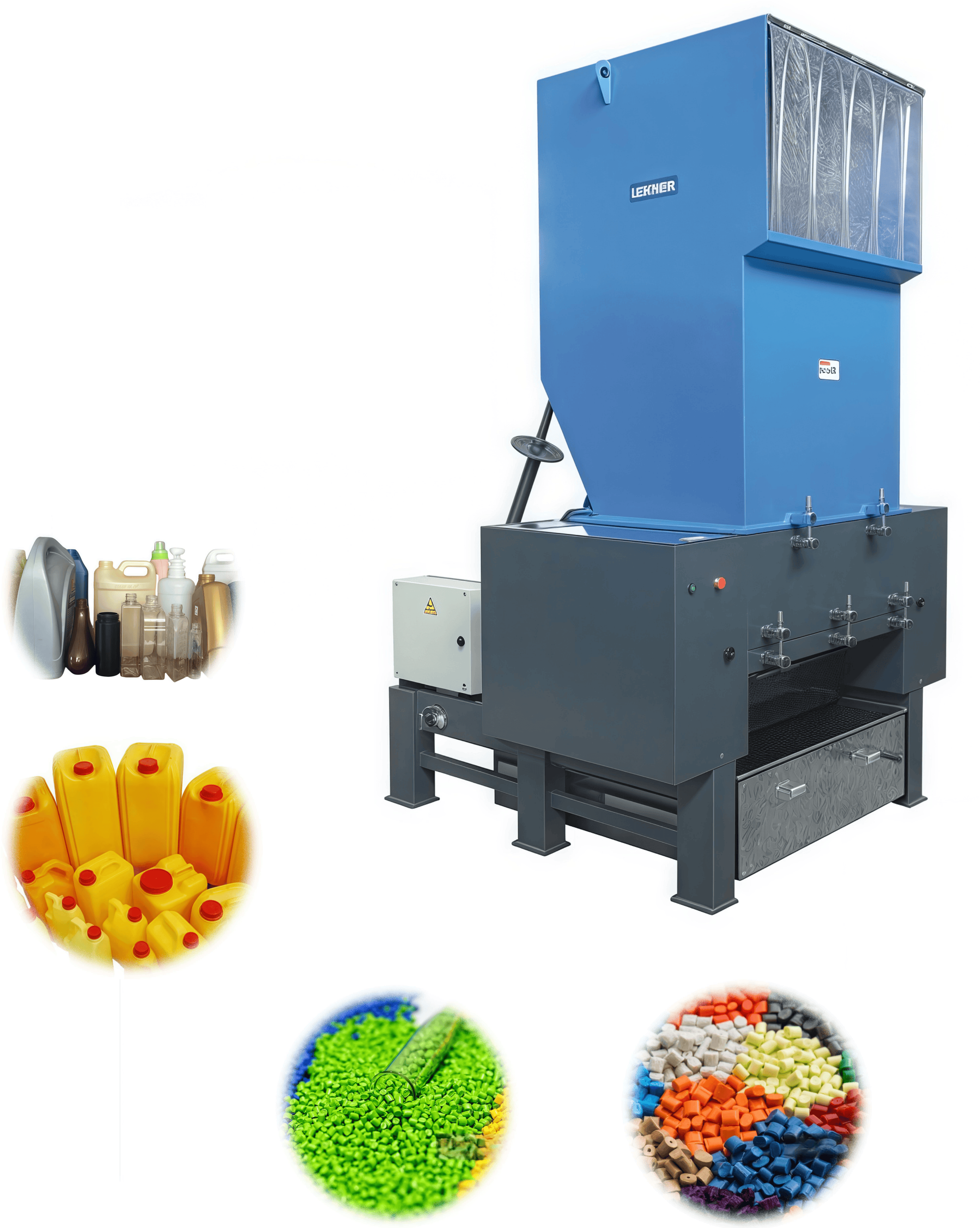
1. Introduction
The global plastic industry faces mounting pressure to address environmental challenges, with over 400 million tons of plastic waste generated annually. Plastic auxiliary shredders are essential tools for recycling post-consumer and post-industrial plastic waste, transforming it into reusable granules or flakes. This paper explores the evolution of shredder technology, emphasizing its adaptability to modern industrial demands for precision, sustainability, and scalability.
2. Technical Design and Principles
2.1 Core Components
A plastic auxiliary shredder consists of the following key components:
- Rotating Blades: High-strength alloy blades (e.g., SKD11 or Cr12MoV) ensure durability and precision. Blade configurations vary (e.g., 9+2, 30+4) to handle different materials.
- Crushing Chamber: Designed to accommodate diverse feedstock sizes (e.g., 110×180 mm to 1000×610 mm), with adjustable screen mesh sizes (6–50 mm) for particle size control.
- Frame and Hopper: Robust steel structures provide stability and safety, while hoppers (e.g., 750×1010 mm) facilitate controlled material feeding.
- Drive System: Motors range from 1.5 kW to 45 kW, depending on capacity (e.g., 50–1500 kg/h).
- Safety Features: Emergency stop buttons, automatic shutdown during hopper opening, and CE/ISO9001 certifications ensure operator safety.
2.2 Manufacturing Process
The shredding process involves:
- Material Feeding: Scrap plastic enters via the hopper.
- Primary Crushing: Rotating blades and stationary knives (e.g., double-edged static knives) reduce material size.
- Secondary Screening: Perforated screens (e.g., 12 mm mesh) ensure uniform particle size.
- Discharge: Processed granules are collected for further recycling or reuse.
2.3 Energy Efficiency Metrics
Modern shredders prioritize energy savings through:
- Optimized Blade Geometry: V-shaped blade arrangements reduce power consumption (e.g., by 15–20%).
- Heat Dissipation Systems: Thermal management extends motor lifespan (e.g., GJ500-15HP’s heat-exchange system).
- Noise Reduction: Fully enclosed designs (e.g., <80 dB for冠联’s GJ500-15HP) minimize workplace noise.
3. Industrial Applications
3.1 Plastic Recycling Industry
- Waste Reduction: Shredders process post-consumer waste (e.g., bottles, films) into recyclable flakes.
- Customization: Adjustable screen sizes (6–50 mm) cater to downstream processes like extrusion or pelletizing.
3.2 Plastic Processing Auxiliary Systems
- In-Plant Recycling: Shredders recycle production scrap (e.g., sprues, runners) in injection molding or extrusion facilities.
- Case Study: Shenzhen KY Optics reduced dust and noise by upgrading to a冠联 GJ500-15HP shredder, achieving 15 HP power efficiency and 80% noise reduction.
3.3 Cross-Industry Applications
- Wood and Textile Waste: Dual-purpose shredders handle mixed materials (e.g., FJL-1000 model).
- Industrial Waste Management: Municipal facilities use shredders to process mixed plastic waste streams.
4. Market Trends and Competitive Landscape
4.1 Global Demand Drivers
- Circular Economy Policies: Governments mandate recycling quotas, driving shredder adoption (e.g., China’s 2025 plastic recycling target of 20 million tons/year).
- Energy Efficiency Standards: Demand for low-power shredders (e.g., 1.5–5 kW models) in small-scale operations.
- Automation Integration: IoT-enabled shredders (e.g., with real-time blade wear monitoring) reduce downtime.
4.2 Regional Market Dynamics
- Asia-Pacific: China’s shredder market reached ¥20 billion (≈$2.8 billion) in 2025, with large-scale machines (e.g., 30–45 kW) dominating coastal regions.
- Europe and North America: Focus on high-precision shredders (e.g., S+S Separation Systems) for food-grade recycling.
4.3 Key Players
-
International Brands:
- Shibang Machinery (Germany): Offers hybrid shredders with dual-shaft and single-shaft configurations.
- TANA Shredding Systems (Finland): Known for mobile shredders with 15–45 kW power ranges.
-
Domestic Brands:
- 冠联 (Guanlian) (China): Specializes in noise-reducing models like GJ500-15HP.
- Shengzhong Shredder (China): Produces cost-effective machines with patented blade technology.
5. Future Innovations
5.1 Industry 4.0 Integration
- Smart Shredders: AI-driven systems optimize blade speed and screen size based on material input.
- Predictive Maintenance: Sensors detect blade wear and motor stress to prevent breakdowns.
5.2 Sustainability Advances
- Biodegradable Material Compatibility: Testing shredders for PLA and PHA plastics.
- Energy Recovery: Waste-heat systems preheat raw materials, reducing energy use by 10–15%.
5.3 Modular and Custom Solutions
- Quick-Change Blade Systems: Reduce downtime during material transitions (e.g., from HDPE to PET).
- Mobile Shredding Units: Compact, trailer-mounted shredders for on-site waste processing.
6. Conclusion
Plastic auxiliary shredders are indispensable for modern recycling and industrial sustainability. As industries prioritize energy efficiency and automation, advancements in blade technology, noise reduction, and IoT integration will define future competitiveness. With the global market projected to grow at a CAGR of 6–8%, innovation in modular design and eco-friendly operations will be critical.

